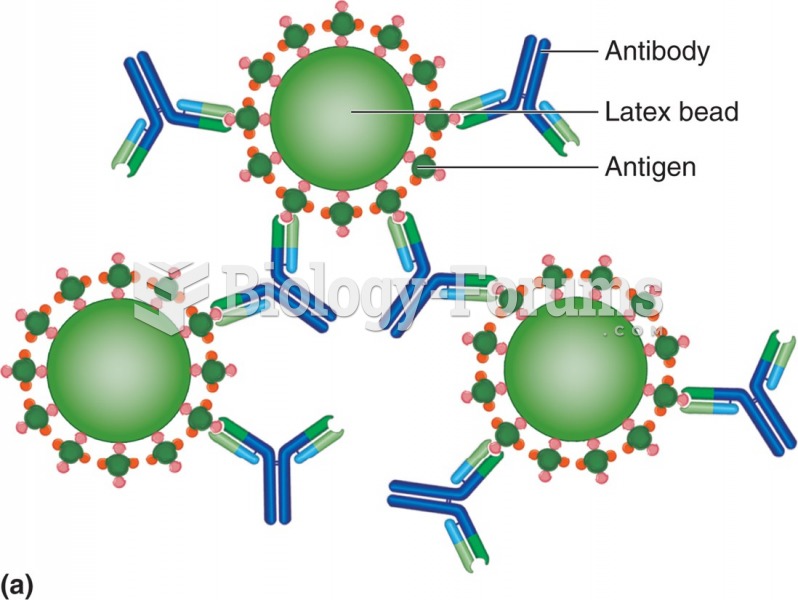|
|
|
In the United States, an estimated 50 million unnecessary antibiotics are prescribed for viral respiratory infections.
All patients with hyperparathyroidism will develop osteoporosis. The parathyroid glands maintain blood calcium within the normal range. All patients with this disease will continue to lose calcium from their bones every day, and there is no way to prevent the development of osteoporosis as a result.
Sperm cells are so tiny that 400 to 500 million (400,000,000–500,000,000) of them fit onto 1 tsp.
The people with the highest levels of LDL are Mexican American males and non-Hispanic black females.
Always store hazardous household chemicals in their original containers out of reach of children. These include bleach, paint, strippers and products containing turpentine, garden chemicals, oven cleaners, fondue fuels, nail polish, and nail polish remover.
 There may become a driveability issue because the gasoline direct-injection injector is exposed to ...
There may become a driveability issue because the gasoline direct-injection injector is exposed to ...
 An agglutination reaction. Antigen-coated latex beads are held together by antibody. In a direct ...
An agglutination reaction. Antigen-coated latex beads are held together by antibody. In a direct ...
 Direct pressure to suboccipital muscles. Fingers press up into the cervical muscle attachments along ...
Direct pressure to suboccipital muscles. Fingers press up into the cervical muscle attachments along ...
 Apply circular friction and direct pressure to suboccipital muscles one side at a time.Turn head to ...
Apply circular friction and direct pressure to suboccipital muscles one side at a time.Turn head to ...



